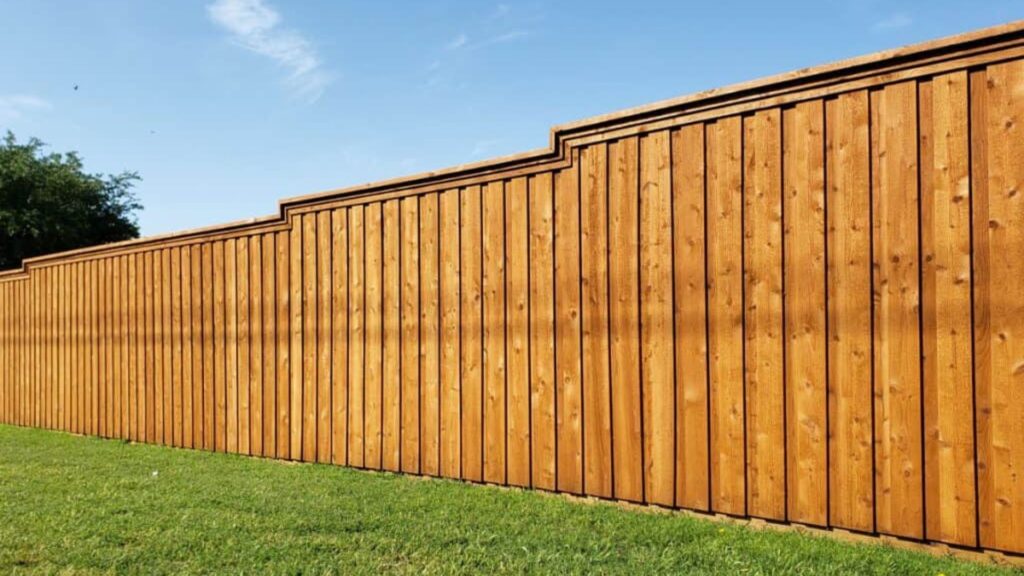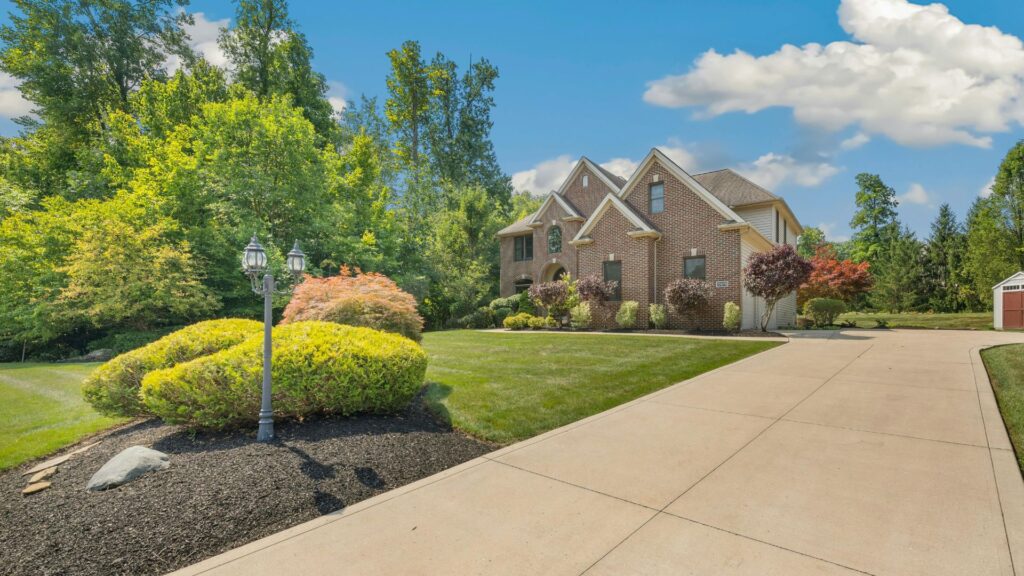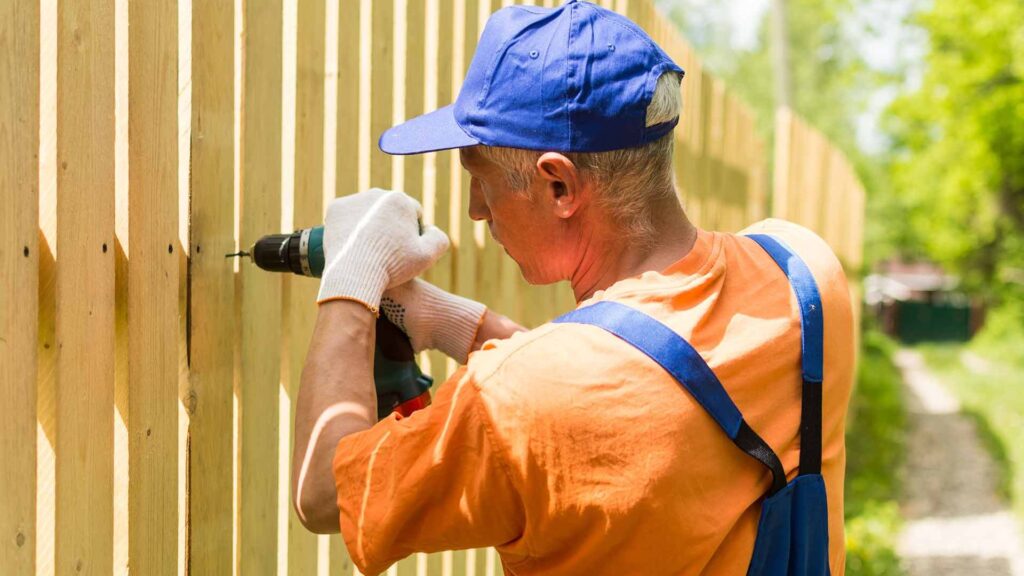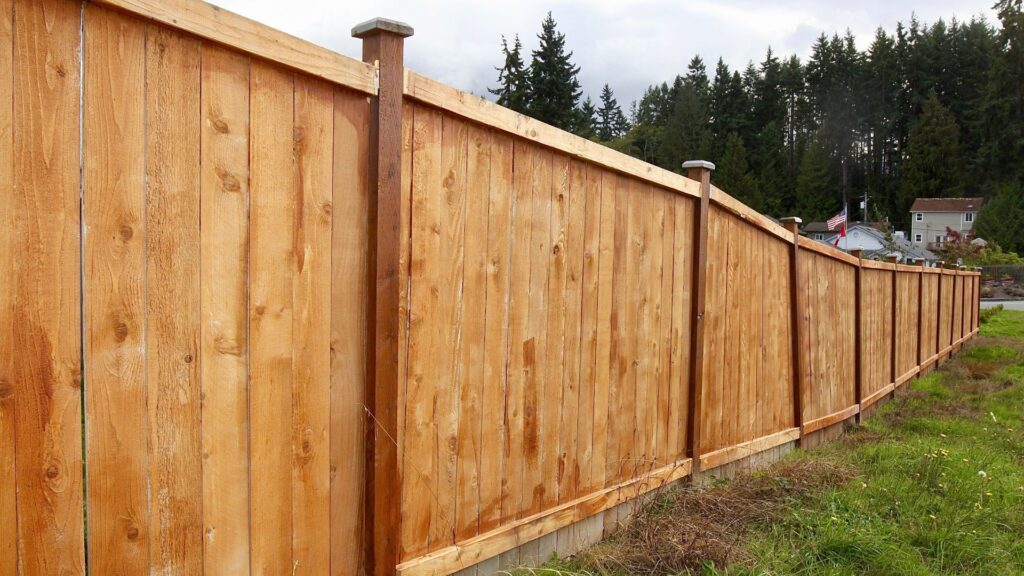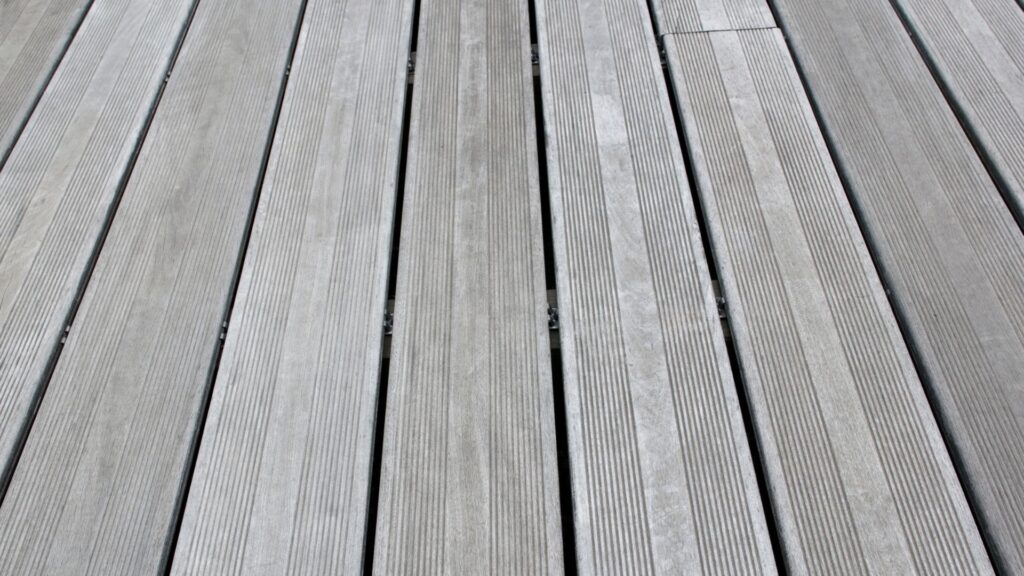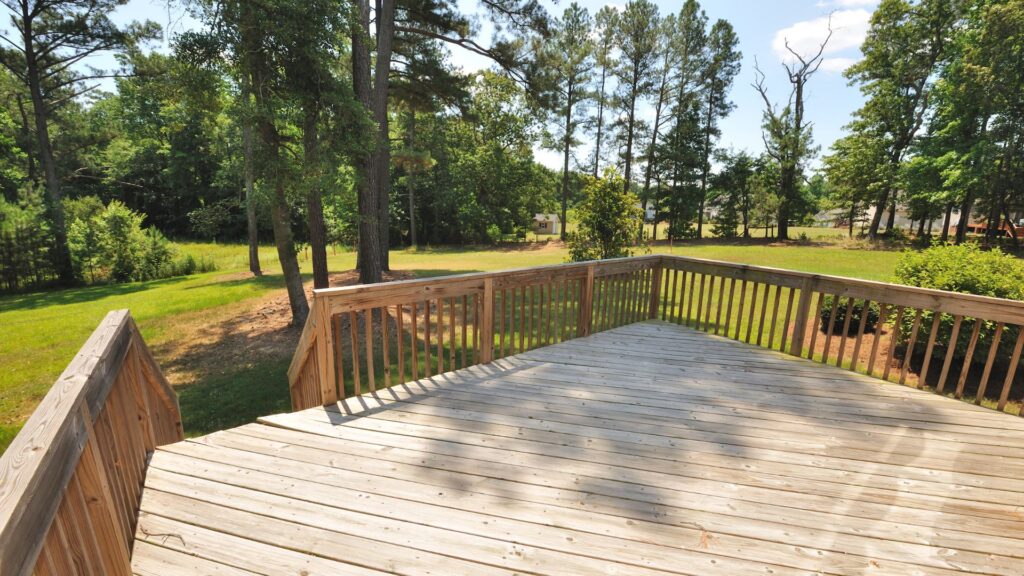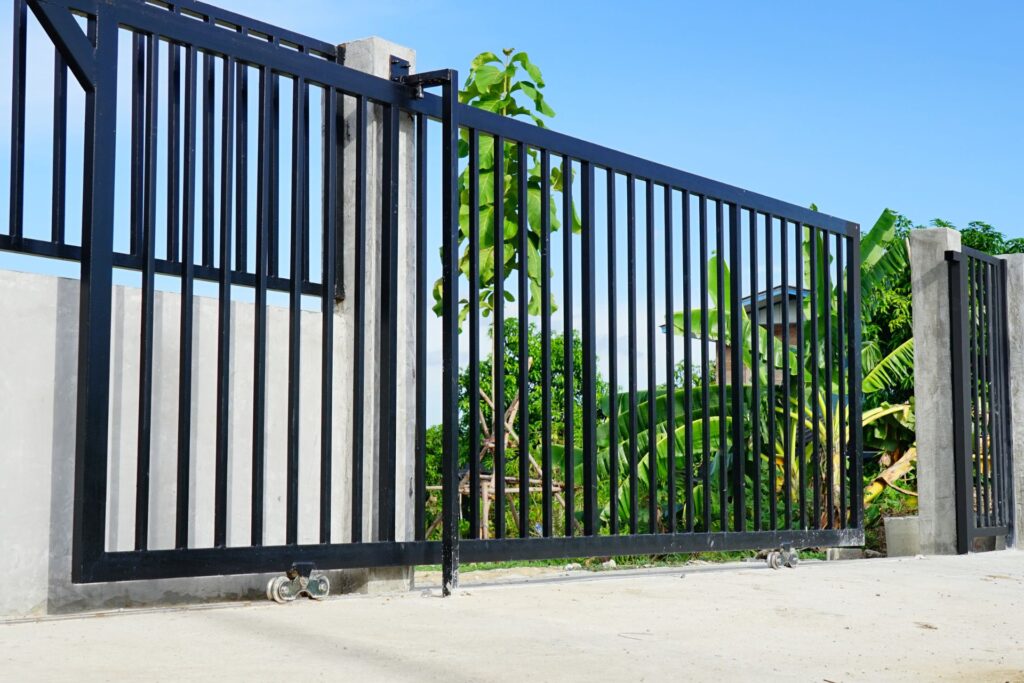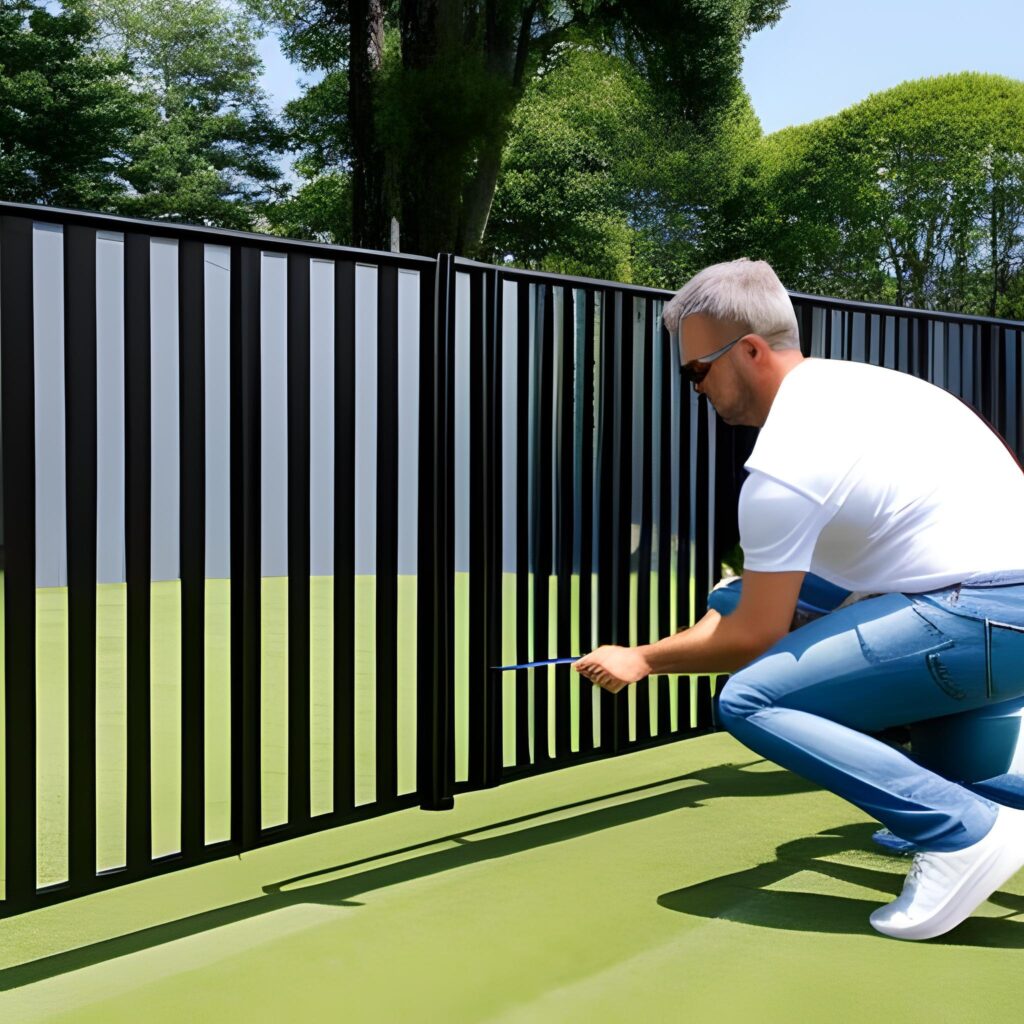Welcome to our comprehensive guide on why fence posts rot at ground level and what you can do to prevent it. If you’ve ever noticed your fence posts decaying just a few years after installation, you’re not alone—this is a common problem that many homeowners face. In this article, we’ll break down the main causes of fence post rot, such as moisture buildup and poor installation techniques, and provide you with practical, easy-to-follow tips to help protect your fence posts from premature decay. By the end, you’ll have a clear understanding of how to keep your fence standing strong for years to come, saving you both time and money on future repairs.
Fence posts rot at ground level due to constant exposure to moisture and poor drainage. The area where the post meets the soil is most vulnerable because it absorbs water, leading to wood decay caused by fungi. Inadequate wood treatment, improper installation, and prolonged contact with wet soil further accelerate the rotting process. To prevent this, use rot-resistant wood, install proper drainage, and apply protective coatings or sleeves around the posts. Regular maintenance can also help extend the life of your fence posts.
Table of Contents
Understanding Fence Post Rot
Wooden fence posts are a vital part of many properties, offering both security and aesthetic appeal. However, one of the most common issues homeowners face is fence post rot, which can significantly shorten the lifespan of a fence. To effectively protect your fence, it’s essential to understand what rot is and why the ground level is particularly susceptible to it. Let’s break it down step by step.
What is Rot?
Rot refers to the natural decomposition process of wood, which occurs when fungi and bacteria break down the material. This process is accelerated in the presence of moisture, which creates a conducive environment for these microorganisms to thrive. There are two primary types of rot that can impact wooden structures like fence posts:
1. Dry Rot
Contrary to its name, dry rot occurs when certain types of fungi invade wood that is damp but not saturated. Once inside the wood, these fungi consume the fibers, causing the structure to weaken and eventually break apart. Even though dry rot happens in lower moisture conditions than wet rot, it can be just as destructive, spreading to other areas of the wood.
2. Wet Rot
Wet rot is the more common form of rot affecting wooden fence posts. It occurs when wood is exposed to excessive moisture over extended periods. This constant saturation allows fungi to grow and break down the wood fibers, leaving the wood soft, spongy, and structurally compromised. Wet rot typically manifests in areas that are persistently damp, such as where fence posts meet the ground.
Why is Ground Level a Critical Point?
The area of the fence post at ground level is often the most vulnerable to rot, particularly wet rot. There are a few reasons why this specific point is more prone to decay:
Moisture Exposure
Ground level is where wooden fence posts encounter the most moisture. Rainwater, snowmelt, and irrigation can all contribute to the accumulation of water at the base of the post. Over time, this water seeps into the wood, providing the perfect breeding ground for fungi. Even treated wood is susceptible to this prolonged exposure if it remains wet for too long.
Constant Wet-Dry Cycle
Unlike other parts of the fence, which may dry out completely between rainfalls, the ground-level section of the post is exposed to a continuous cycle of wetting and drying. Soil around the post traps moisture, while evaporation from the surface causes the wood to dry out periodically. This repeated cycle of swelling (when wet) and shrinking (when dry) weakens the wood fibers, accelerating the degradation process.
Lack of Airflow
The part of the post that is below ground is often surrounded by compacted soil or concrete, limiting airflow and preventing the wood from drying properly. This lack of ventilation keeps moisture trapped inside the wood, further increasing the likelihood of rot.
By understanding these key aspects of fence post rot, you can take proactive steps to protect your fence and prolong its lifespan. Regular inspection, proper treatment, and ensuring adequate drainage around the posts can go a long way in preventing rot and saving you time and money in the long run.
In summary, rot is the result of fungi and moisture, with ground-level exposure being the most problematic for fence posts. Recognizing the vulnerabilities at this critical point is the first step in preventing damage and maintaining a strong, durable fence.
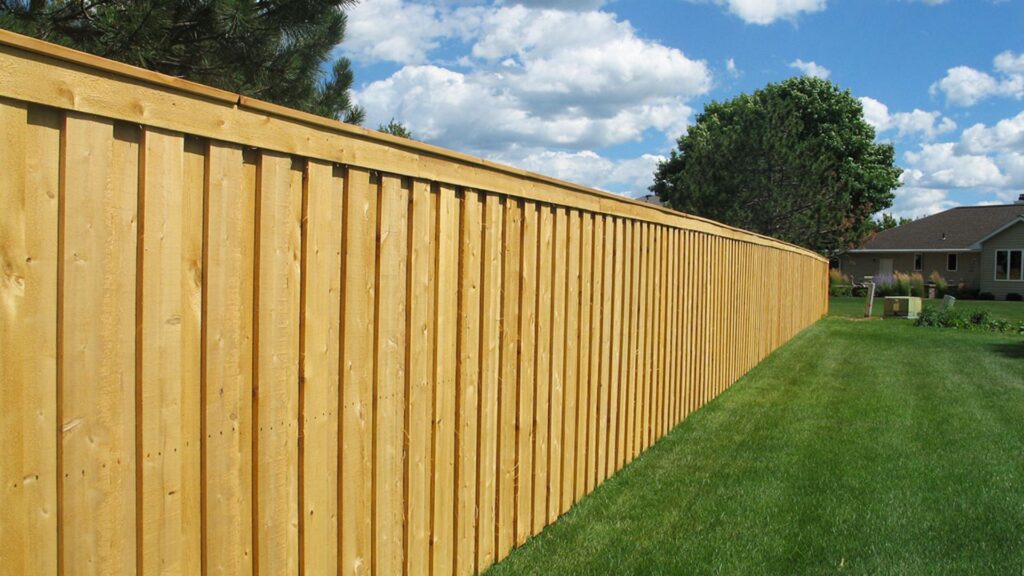
Common Causes Of Fence Post Rot At Ground Level
Fence post rot, especially at ground level, is a common problem that compromises the integrity and longevity of a fence. Understanding the factors that contribute to rot can help homeowners and contractors prevent costly repairs and extend the life of their fencing. Let’s break down the most common causes of fence post rot at ground level and explore ways to mitigate them.
Moisture Exposure
How Moisture Affects Wood
Wood is naturally porous, meaning it can absorb moisture from its surroundings, especially when it comes into contact with soil. When wood absorbs water, it creates a favorable environment for fungi to grow. Fungi thrive in damp, oxygenated conditions and feed on the cellulose in wood, breaking it down and causing rot. This fungal decay weakens the post’s structure, making it more susceptible to breaking or collapsing over time.
Ground-Level Vulnerability
The section of the post just above and below the ground is particularly vulnerable to rot. This area tends to accumulate the most moisture due to rain, snow, or simply the natural water content in the soil. Because this part of the post experiences constant exposure to both air and moisture, it is the prime spot for rot to develop. Over time, the moisture saturates the wood, making it impossible for the post to dry out fully, which accelerates fungal growth and decay.
Poor Drainage Around Fence Posts
Impact of Waterlogged Soil
When the soil surrounding your fence posts remains waterlogged, it significantly increases the likelihood of rot. Waterlogged soil means the posts are constantly surrounded by moisture, which creates prolonged wet conditions. When water doesn’t have a proper path to drain away, it becomes trapped around the base of the fence post. This persistent moisture saturates the wood, accelerating the rot process.
Signs of Poor Drainage
There are clear signs that can indicate poor drainage around your fence posts. If you notice puddles forming around the base of the posts after rain, or the ground remains muddy long after the rain has stopped, these are red flags that drainage is inadequate. Poor drainage can often be the result of compacted soil, improper grading, or lack of a drainage system, all of which contribute to faster wood degradation.
Inappropriate Wood Treatment
Unprotected Wood
Wood used in outdoor fencing should always be treated to resist moisture and decay. If fence posts are made from untreated or improperly treated wood, they are far more vulnerable to rot. Untreated wood absorbs moisture more easily and quickly, creating a perfect breeding ground for fungi. This can lead to extensive rotting, especially in climates with high humidity or frequent rainfall.
Poor-Quality Wood
Another factor to consider is the type of wood being used for your fence posts. Lower-grade wood, such as sapwood or less durable species like pine, is naturally more prone to rot than higher-quality hardwoods or pressure-treated lumber. Opting for high-quality, treated wood can greatly reduce the chances of rot and increase the fence’s lifespan.
Inadequate Post Installation
Contact with Soil
Fence posts that are directly buried into the soil without any form of protection, such as concrete or gravel barriers, are far more exposed to moisture. Over time, this constant soil-to-wood contact allows moisture to seep into the post, leading to faster rot. Posts that lack proper barriers or protective coatings will degrade much quicker than those that are installed with care.
Improper Depth or Backfill
Fence post installation is not just about digging a hole and setting the post in place. The depth and materials used for backfilling can significantly impact how long a post lasts. If a post isn’t set deep enough, or if the backfill material (like soil or sand) holds water instead of allowing proper drainage, it creates an environment where moisture can accumulate and rot the wood. Posts should be set at least a third of their length into the ground and backfilled with gravel or a mix that promotes drainage, rather than trapping moisture.
Fence post rot at ground level is a problem that can be prevented with proper planning, installation, and maintenance. By understanding the causes—moisture exposure, poor drainage, inappropriate wood treatment, and inadequate installation—you can take steps to protect your fence and avoid premature deterioration. Regular inspection, using high-quality treated wood, ensuring proper drainage, and following best installation practices will go a long way in keeping your fence posts strong and stable for years to come.

How To Prevent Fence Posts From Rotting At Ground Level
Fence posts are an essential part of any sturdy fence, but they often face the risk of rotting at ground level, which can lead to structural failure over time. To keep your fence strong and long-lasting, it’s crucial to take preventive measures that protect the posts from moisture, rot, and decay. Here’s a detailed guide on how to stop your fence posts from rotting, step by step.
Choose the Right Type of Wood
Selecting the appropriate type of wood is the first line of defense in preventing rot.
- Rot-resistant woods: Some types of wood are naturally more resistant to rot and decay. Cedar and redwood are excellent options due to their natural oils, which help repel moisture and pests. Pressure-treated lumber is another strong choice because it’s chemically treated to resist rot, mold, and insects.
- Proper treatment before installation: Pressure-treated posts undergo treatment with preservatives that deeply penetrate the wood fibers. This process helps the posts resist moisture, fungal decay, and insect damage. Be sure to purchase posts that are rated for ground contact, as these have a higher level of treatment to withstand constant exposure to moisture and soil.
Install with Drainage in Mind
Proper drainage around the fence posts is vital to prevent water from pooling, which is one of the main causes of wood rot.
- Gravel backfill: One effective method to improve drainage is by using gravel instead of soil around the base of the posts. Gravel allows water to flow away from the post more easily, reducing the amount of moisture that comes in contact with the wood. To do this, dig a slightly wider hole than necessary, place a few inches of gravel at the bottom, and fill the sides of the post with gravel before adding soil at the top.
- Slope away from posts: It’s also important to ensure that the ground around your fence slopes away from the posts. This prevents water from pooling at the base and keeps the posts dryer. A slight incline can go a long way in extending the life of your fence posts.
Use Concrete Footings Wisely
Concrete footings can add extra protection to your fence posts by keeping them away from direct contact with the soil.
- Advantages of concrete footings: Concrete helps create a barrier between the wood and the soil, which is often filled with moisture. This barrier reduces the likelihood of rot by limiting the amount of water that can reach the wood.
- Tips for proper concrete installation: When installing posts with concrete, create a slight dome on the concrete surface around the post. This dome shape encourages water to run off, rather than collect around the post, which could lead to rotting. Another tip is to avoid setting the post entirely in concrete; leave the bottom of the post with gravel to aid in drainage.
Apply Post Protection Products
There are several products available that offer additional protection to fence posts from moisture and rot.
- Post sleeves or caps: Using post sleeves, typically made from vinyl or metal, can shield the part of the post that’s above ground. Additionally, metal post caps can prevent water from entering the top of the posts, where moisture tends to collect and cause rot.
- Post wraps and treatments: You can also apply waterproof post coatings or wraps that are specifically designed to protect the part of the post that’s buried in the soil. These products form a protective barrier against moisture, preventing water from seeping into the wood and causing decay.
Regular Maintenance
Even with the best installation practices, ongoing maintenance is crucial to ensure your fence posts remain in good condition over time.
- Inspect posts annually: Regularly check your fence posts for any signs of rot, shifting, or damage. Look for soft spots in the wood or discoloration, which could indicate the early stages of rot. If caught early, repairs can be made before more serious structural damage occurs.
- Reapply treatments: Over time, the wood preservatives or waterproofing solutions applied to your posts will wear off. To maintain their effectiveness, it’s important to reapply these treatments every few years, depending on the climate and level of exposure to moisture.
Taking steps to prevent your fence posts from rotting at ground level is key to ensuring the longevity of your fence. By choosing the right wood, improving drainage, using concrete footings, applying protective products, and committing to regular maintenance, you can significantly extend the life of your fence. A well-maintained fence not only looks better but also saves you time and money on repairs or replacements in the long run.

What To Do If Your Fence Posts Are Already Rotting
Rotting fence posts can compromise the structural integrity of your entire fence. Addressing the issue early is key to preventing more significant and costly repairs. Below is a detailed guide on how to handle rotting fence posts, from identifying the problem to providing solutions, both temporary and permanent.
Identify the Extent of the Damage
Before diving into repairs, it’s important to assess how severe the rot is. A thorough inspection can help you decide whether a quick fix will suffice or if a full post replacement is necessary.
How to Check for Rot
- Softness: Use a screwdriver or similar tool to press against the base of the fence post, particularly near the ground where rot tends to occur. If the wood gives easily, it’s likely rotting.
- Discoloration: Rot often manifests as darkened or discolored patches on the wood. Look for areas that appear different from the rest of the post.
- Crumbling Wood: Rot causes wood to lose its structural integrity. If the post is breaking apart or crumbling at the touch, the rot has advanced significantly.
- Moisture Exposure: Posts in consistently damp conditions are more susceptible to rot. Inspect areas where water pools or where drainage is poor.
By carefully assessing your fence posts, you’ll have a better idea of whether the damage is minor or if a full replacement is necessary.
Temporary Fixes for Rotting Fence Posts
If you catch the rot early and it’s not too severe, there are a few temporary solutions you can try to extend the life of your fence post.
Partial Post Replacement
For cases where the rot is confined to a small portion of the post, you may be able to remove the affected section rather than replacing the entire post.
- How to Do It: Dig around the rotted area, cutting away the damaged wood. Once removed, reinforce the area with a concrete fill or a new piece of treated wood. You could also install a metal or composite support to shore up the weakened area.
- Benefits: This is a quick and affordable fix that can buy you time before a more permanent solution is needed. However, keep in mind that this method is a stop-gap and won’t completely eliminate the underlying issue.
Post Sleeves
Another temporary fix is using post sleeves, which can cover the rotted portion of your fence post and prevent further decay.
- How to Use Them: Post sleeves are generally made of metal or plastic and fit over the base of the post. They protect the wood from additional moisture while reinforcing the weakened area.
- Advantages: These sleeves are easy to install and can be a quick solution to prevent further damage, especially in areas where moisture is a constant threat. However, like partial replacements, they are a temporary fix.
Full Post Replacement
If the damage is extensive, temporary solutions won’t be enough. Full post replacement ensures long-term stability for your fence.
When to Replace
- If the post is rotting through, crumbling at the base, or leaning significantly, it’s best to replace the entire post.
- Signs of extensive rot include large sections of the post that feel soft, have visible mold or fungi, or show significant deterioration at or below ground level.
- Structural integrity is key. If the post can’t bear the weight of the fence or withstand wind, a full replacement is necessary.
Proper Reinstallation Tips
When replacing the post, it’s essential to install it correctly to prevent future rot. Here are some key tips:
- Choose Better Materials: Use pressure-treated wood, metal, or composite materials, which are more resistant to moisture and rot. Pressure-treated wood is infused with preservatives that help it resist decay.
- Use Concrete for Stability: Set the new post in concrete to provide a solid foundation and prevent future movement. Make sure the post is level before the concrete sets.
- Improve Drainage: One of the main causes of rot is poor drainage around the base of the post. To improve drainage:
- Dig a deeper hole and add gravel at the bottom to allow water to flow away from the wood.
- Shape the concrete so that it slopes away from the post, ensuring that rainwater doesn’t pool around the base.
- Install drainage pipes or trenches if water tends to accumulate around your fence.
By taking the time to replace a rotting fence post properly, you’ll not only restore the strength of your fence but also prevent future issues with rot and decay.
Dealing with rotting fence posts doesn’t have to be daunting. Whether you opt for a quick temporary fix or decide on a full replacement, addressing the issue promptly will save you from larger problems down the line. Identifying the extent of the damage early, applying temporary fixes when appropriate, and following best practices for full replacements can help ensure your fence stays strong and secure for years to come.
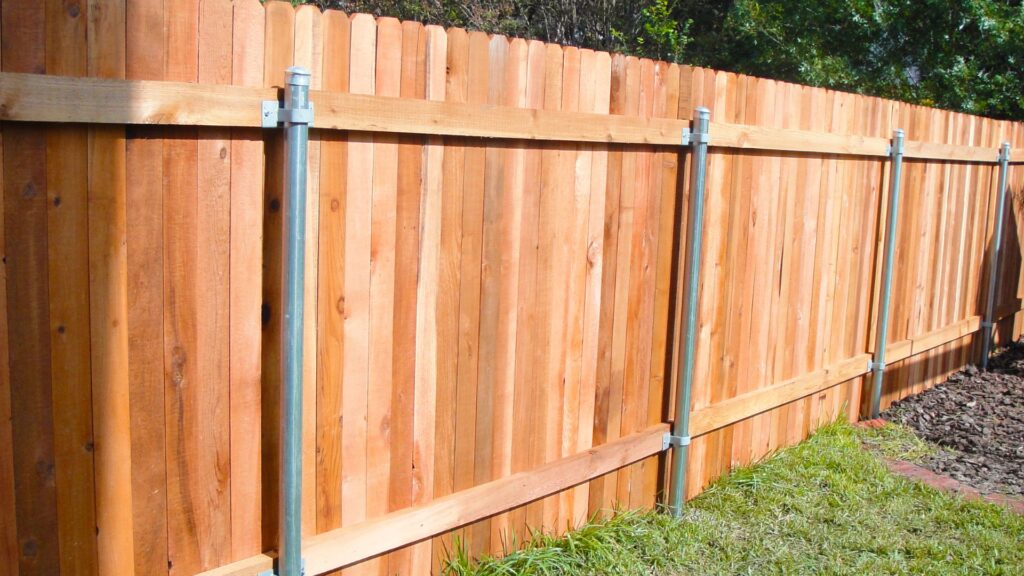
FAQs: About Why Do Fence Posts Rot At Ground Level
Why do fence posts rot faster at ground level?
Fence posts rot faster at ground level due to constant exposure to moisture from soil and rainwater. This creates an ideal environment for fungi that decompose the wood. The area just above and below the soil is where the most moisture accumulates, leading to faster decay compared to other parts of the post.
What types of wood are more resistant to rot?
Woods like cedar and redwood are naturally resistant to rot due to their chemical composition. Pressure-treated wood is another good option, as it is treated with preservatives that help protect it from moisture and fungal decay. Using these materials can significantly reduce the risk of fence post rot.
How does poor drainage contribute to fence post rot?
Poor drainage around fence posts allows water to pool around the base, keeping the wood constantly wet. This prolonged exposure to moisture speeds up the rotting process. Improving drainage by using gravel backfill and ensuring the ground slopes away from the posts can help prevent this issue.
Should I use concrete footings to prevent rot?
Concrete footings can help prevent rot by lifting the wood off direct contact with the soil, reducing moisture exposure. However, it’s important to install the concrete properly by sloping the surface away from the post, allowing water to drain off instead of pooling around the wood.
Can I treat existing fence posts to prevent further rot?
Yes, you can apply wood preservatives or waterproofing solutions to existing fence posts to slow down the rotting process. Regularly treating the wood can help maintain its durability, though if the rot is already advanced, it may be necessary to replace the post entirely.
How can I tell if my fence post is rotting?
Signs of fence post rot include wood softening, discoloration, crumbling, or visible cracks at the ground level. You can also try pressing the post with a screwdriver; if it easily penetrates the wood, rot may have set in. Regular inspection is key to catching rot early.
What is the best way to prevent fence posts from rotting?
To prevent fence posts from rotting, use rot-resistant or pressure-treated wood, install proper drainage around the posts, and consider using concrete footings. Additionally, apply waterproof coatings and inspect the posts annually for any signs of decay.
How often should I inspect my fence posts for rot?
It’s a good practice to inspect your fence posts at least once a year, especially after heavy rains or winter seasons when moisture levels are higher. Check for signs of rot or water damage at ground level and take preventive measures if needed.
Can I replace just the bottom part of a rotting fence post?
If the rot is confined to a small section, you can try replacing just the bottom part of the post by reinforcing it with concrete or adding a post sleeve. However, if the rot is extensive, it’s generally better to replace the entire post to ensure the fence’s stability.
Is it possible to completely prevent fence post rot?
While it’s difficult to completely prevent rot, you can significantly reduce the risk by using the right materials, following proper installation techniques, and maintaining regular care. With the right precautions, you can extend the lifespan of your fence posts by many years.
Conclusion
In conclusion, fence posts tend to rot at ground level mainly due to constant moisture exposure, improper installation, and lack of adequate wood protection. By choosing the right type of wood, applying proper installation techniques, and performing regular maintenance, homeowners can effectively minimize the risk of rot and extend the life of their fence. Taking these proactive steps not only prevents future issues but also saves time and money in the long run. If you have any questions, need further advice, or want to share your own fence-related experiences, feel free to leave a comment. For more helpful DIY tips or to seek professional assistance with fence installation or repairs, explore our additional guides or contact an expert today.
About the Author:
Mike Veail is a recognized digital marketing expert with over 6 years of experience in helping tradespeople and small businesses thrive online. A former quantity surveyor, Mike combines deep industry knowledge with hands-on expertise in SEO and Google Ads. His marketing strategies are tailored to the specific needs of the trades sector, helping businesses increase visibility and generate more leads through proven, ethical methods.
Mike has successfully partnered with numerous companies, establishing a track record of delivering measurable results. His work has been featured across various platforms that showcase his expertise in lead generation and online marketing for the trades sector.
Learn more about Mike's experience and services at https://theleadguy.online or follow him on social media:

